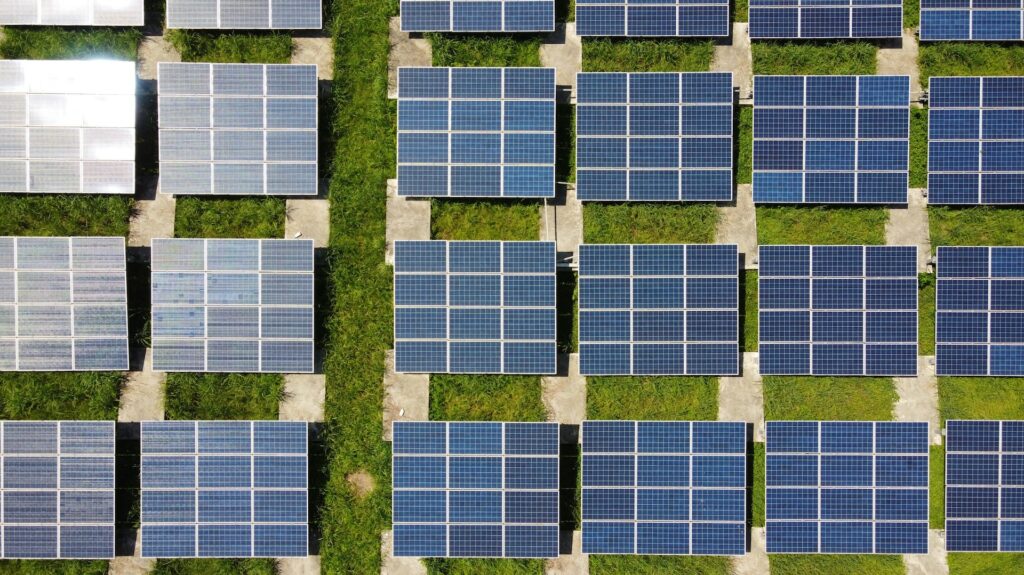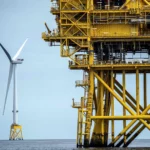The world is witnessing an unstoppable march towards a renewable future as global renewable power capacity is set to reach a monumental milestone by 2023. According to the International Energy Agency (IEA), the combined renewable power output of China and the United States will be matched by the rapidly expanding renewable capacity, reaching an impressive 4,500 gigawatts (GW).
Global Capacity
This extraordinary surge in renewable power capacity is propelled by an unwavering commitment to sustainable energy, robust policy frameworks, and a growing realization of the urgent need to address climate change. Solar photovoltaic (PV) and wind power will spearhead this transformational shift, revolutionizing the global energy landscape.
The projections indicate an unprecedented increase of 107GW in global renewable capacity by 2023. This significant growth is not limited to specific regions, but rather spans across major markets worldwide. Europe, in particular, is taking a leadership role in responding to the energy crisis by embracing renewable energy sources. Meanwhile, the United States and India are experiencing remarkable advancements driven by the implementation of progressive policy measures.
China, with its growing dedication to renewable energy, is expected to contribute nearly 55% of the global renewable power capacity additions in 2023 and 2024. This highlights the nation’s pivotal role in driving the renewable energy transition on a global scale.
The rapid expansion of solar PV is anticipated to constitute about two-thirds of the overall capacity increase. This remarkable growth encompasses large-scale solar plants as well as smaller systems, including rooftop solar installations. The surge in electricity prices has further accelerated the adoption of rooftop solar PV, empowering consumers to take control of their energy consumption while reducing costs. In fact, manufacturing capacity for all solar PV segments is projected to more than double, reaching 1,000 GW by 2024. China’s efforts, coupled with increasing supply diversification in the US, India, and Europe, will be instrumental in driving this expansion.
Wind power is also set to experience a momentous surge, with a projected growth rate of almost 70% in 2023. This acceleration is attributed to the completion of projects that were temporarily delayed due to the pandemic and supply chain challenges. However, the extent of growth in 2024 will depend on the level of policy support provided by governments, particularly in addressing permitting and auction design obstacles.
Recent geopolitical events have further strengthened the resolve to embrace renewable energy in Europe. Following Russia’s invasion of Ukraine, the forecast for renewable capacity additions in the region has been revised upwards by 40%. Key European markets are bolstering policy support while grappling with high electricity prices. This combination has significantly enhanced the financial appeal of small-scale rooftop solar PV systems. Notably, these newly installed solar PV and wind capacities have resulted in substantial cost savings for EU electricity consumers, estimated at €100 billion between 2021 and 2023, by displacing more expensive fossil fuel generation.
To keep pace with this indefatigable march towards a renewable future, it is crucial for government policies to continuously evolve. This includes prioritizing renewable energy auctions as a means to accelerate the deployment of renewable projects. Additionally, it is imperative to focus efforts on the efficient and secure integration of high shares of variable renewables into power systems. Timely planning and substantial investments in grid infrastructure will be vital in ensuring a seamless transition to a renewable energy-powered world.








